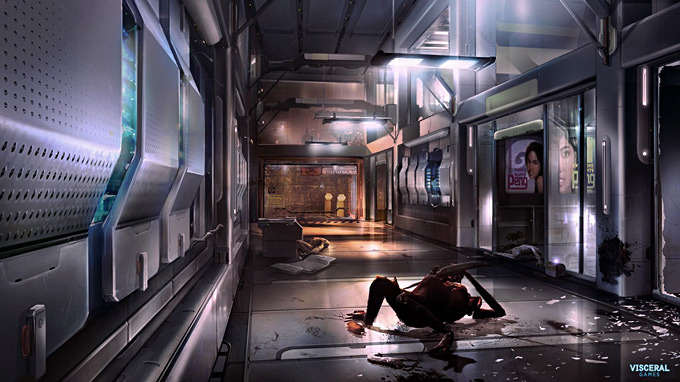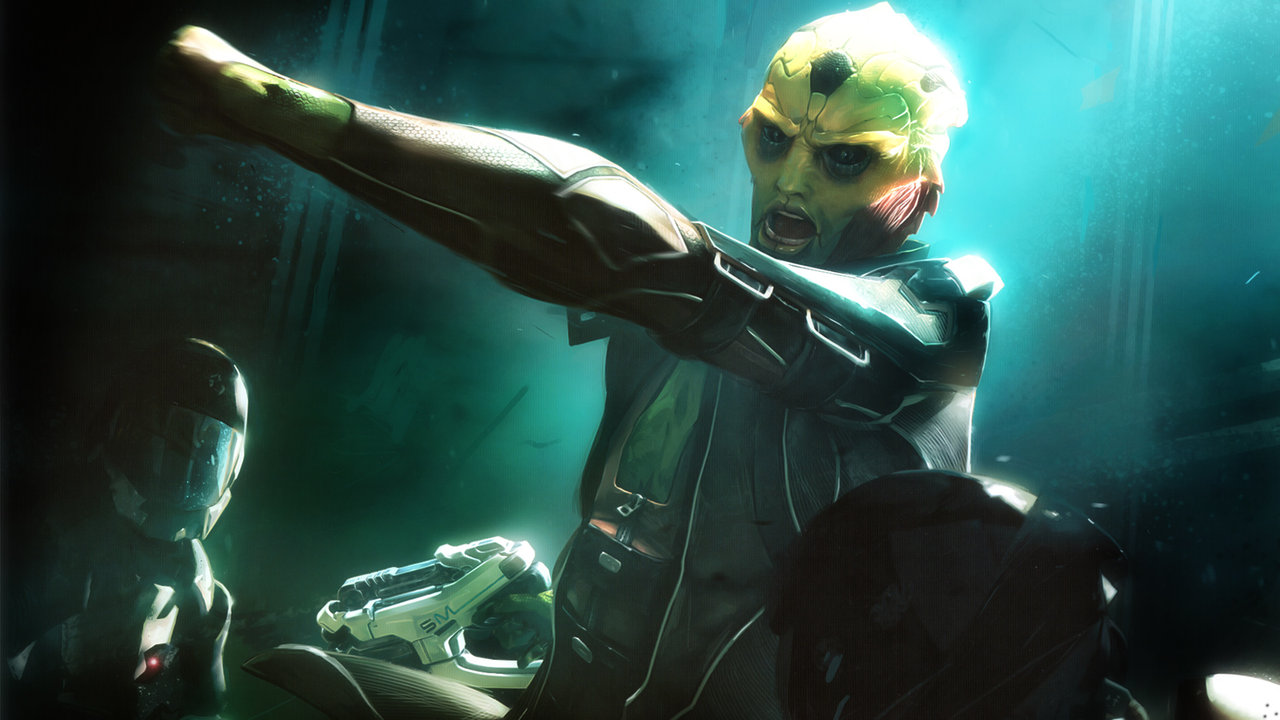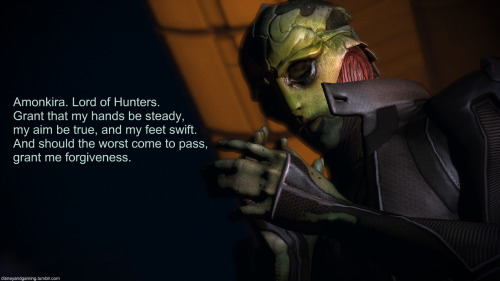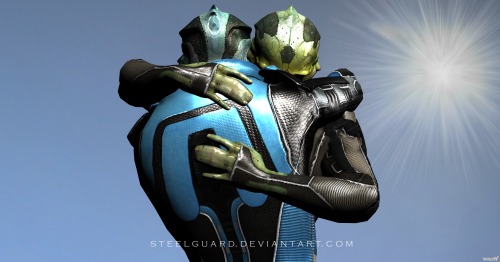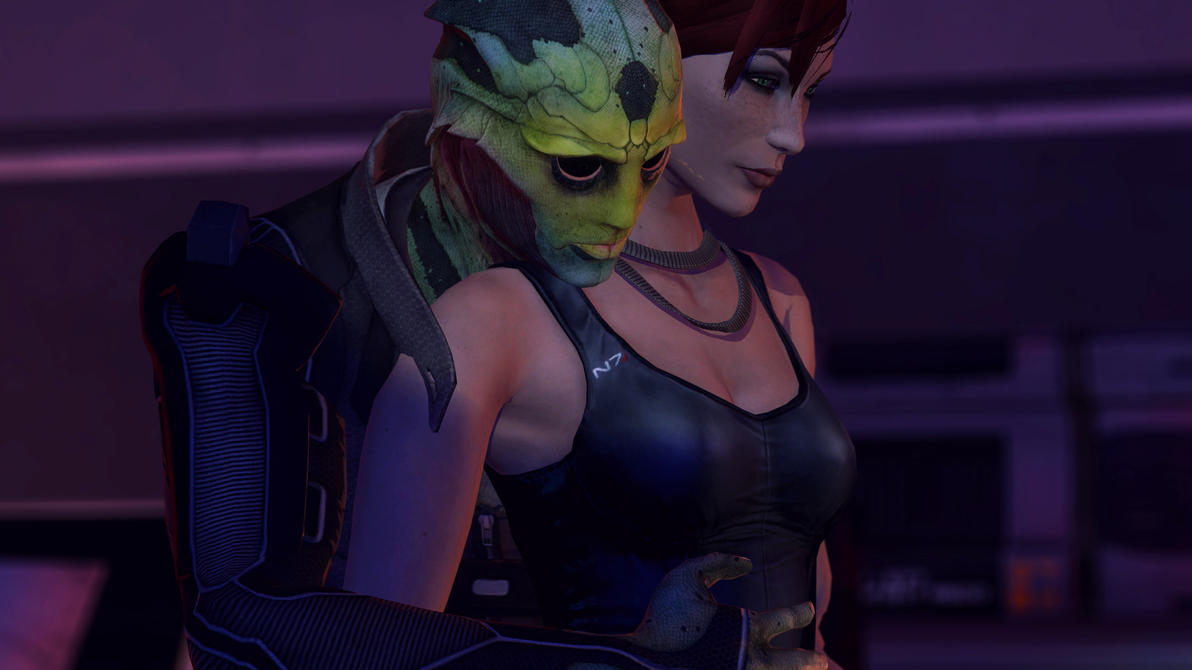This week’s topic is environment design and it’s my final
blog entry covering the elements of game design. The environment is one of the
most important things in any game film or book. It sets the scene. My previous blog
speaks about the importance of characters in games and my love for character design;
however that does not mean that environment design isn’t important, in fact
they need each other to create even more drama in a scene. They serve as
beacons to inform the viewer on the atmosphere of a place, the people who
reside there, then the viewer makes connections to what he/she is seeing and
makes the judgment on whether or not it is a comfortable place to be in.
 |
| Just a pretty picture i came accros in my research. |
I will try to explain this through 2 different game environments,
dead space and Halo 4. Level designers use environments to influence the
atmosphere of a game. They can do this by changing things like the lighting,
the space and the colour palette. Similar to a interior designer those three
things can drastically alter any given room for example, take Dead Space (Dead
Space 1 that is), as it is a horror game the lighting for the levels is usually
dark, there isn’t much room to move when been attacked by a horde of the undead,
and finally the colour palettes are unsaturated dark tones. Immediately this is
not a welcoming place and the fear factor is huge.
A look at some dead space enviroments.
Contrast this with Halo 4 which is set mostly on a
forerunner planet. The planet consists of areas full of plant life, mixed with
desserts and unknown metals. Despite the war and guns the environment designers
have deliberate moments where you see the beauty of the planet; this in turn
makes the player wonder about the race that lived there before extinction. As a
player you aren’t fearing for your life instead the background acts as reinforcement
for the story. When you are awakened from cryo-stasis the wake up is unwarranted
so the chief (the player) is in disarray he wants to know what is going on, to
reflect this the ship is in disarray its under attack and there are pieces
flying left right and centre , but they are at peace with the covenant so who
is attacking them ? You find that out further in the story but there are multiple
instances along the way where the environment is used in to that effect.

Damn you. Damn you all to hell.
As with all good design it needs to be believable so a
balance has to be struck between realism and stylisation. The reason I say this
is because design should not be so bogged down in realism that it looks like
something that you can see on a regular basis; equally it should not be so
stylised that it makes no logical sense. Even when a game is stylisation it
stretches the elements of realism to its furthest reach it doesn’t ignore them,
this is shown in Dead Space. The fact that you are on a ship that was once
teething is life is shown in eerie ways, for example litter found about, coke
cans, vending machines all things that humans see on a regular basis and take
for granted. To stylise this designers changed the brands of the coke the
shapes of the objects just enough to make them out of the ordinary but not
enough to ignore the roots of realism.
The scene tells a story.
It is the same in Halo 4. Despite the Forerunners having
the ability to defy gravity that does not mean that when u see metallic material
they use it looks like cardboard. Its presence in the environment is just as
solid as it is in the real world. Having said that, the degree of realism that it
takes to make sense from person to person changes. I know people that
completely disregard anything sci-fi because it’s too fake or unbelievable;
they then proceed to play Call of Duty claiming it is realistic. Last time I
checked if I were to shoot them for such blasphemy they would not re-spawn? Therefore
I think it is slightly down to what you believe in, if you can relate what you
are seeing to something you see as believable the response you get from the environment
or entire game for that matter is far greater.
Halo 4's Forunner installation
Now I have mention Dead Space and Halo 4 but of the two I
like the environments in halo more. This is because the beauty in halo is far
more appealing to me. Dead Space is eerie but there aren’t as many moments were
I say “now that’s pretty!”
There are many different scenes like that from even the
earliest parts of Halo 4’s campaign. There is one particular scene where you’re
just leaving this dark tunnel and the skylight breaks through to reveal this
beautiful piece of Foreunner architecture. I stood and looked at it for a good
few minutes before moving on. I definitely think 343 nailed that sense of awe
over the scene, the angelic light streaks flow across the sky and as you look
over you get a sense of scale, I really like it and I think it’s a nice image
to close this blog off to, thanks for reading.


